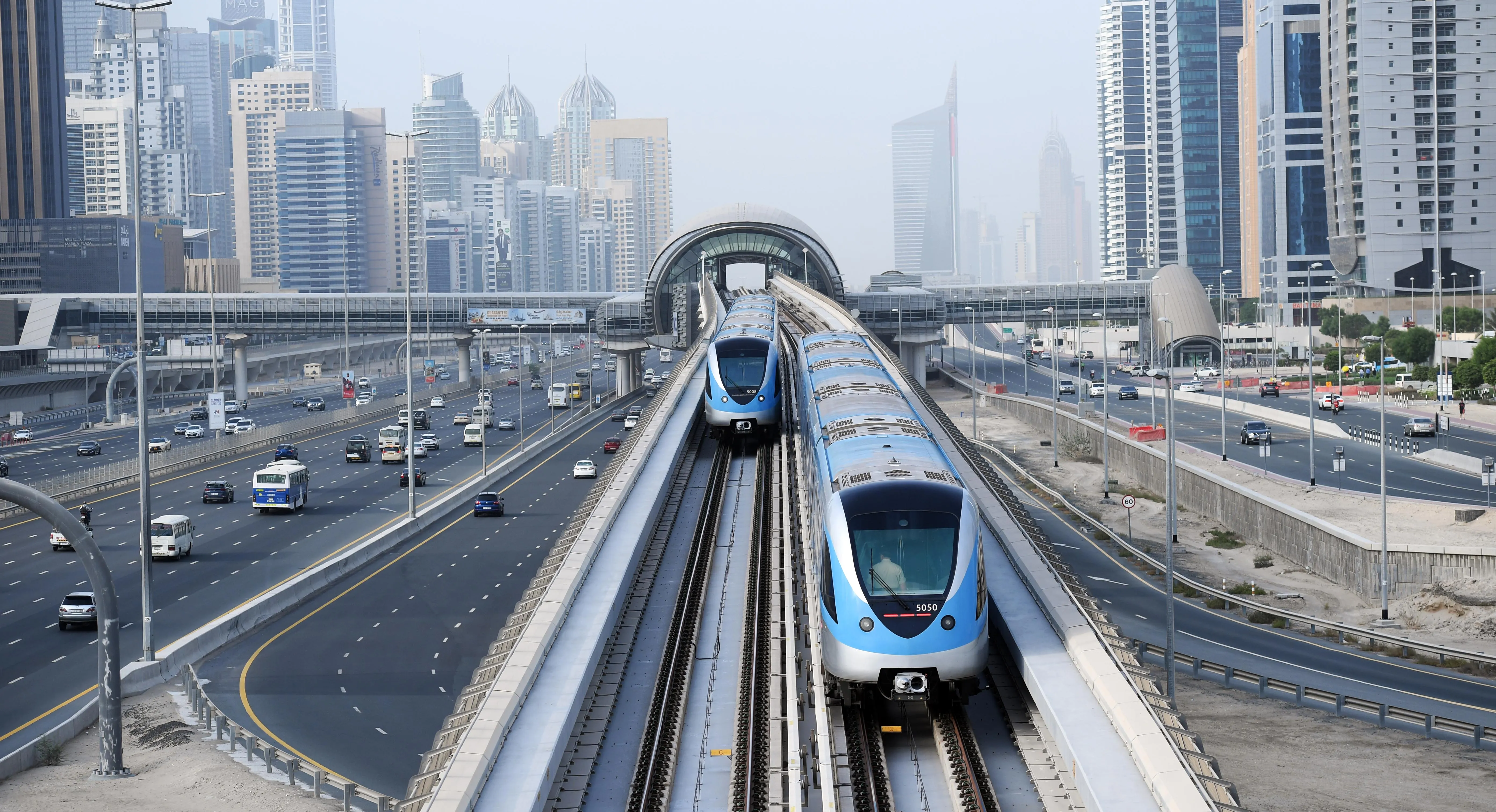Siemens has received an order worth around US$57 million from Paris transit authority RATP (Régie Autonome des Transports Parisiens) to supply the train control equipment and operational control system for the extension of the driverless metro line 14 in Paris.
Siemens will supply its Trainguard communication based train control (CBTC) type automatic train protection system, which enables driverless operation.
Siemens equipped the original stretch of line 14 for automatic operation in 1998, establish
October 14, 2014
Read time: 2 mins

Siemens will supply its Trainguard communication based train control (CBTC) type automatic train protection system, which enables driverless operation.
Siemens equipped the original stretch of line 14 for automatic operation in 1998, establishing the first fully automated metro line with driverless trains in Paris. This new section will extend the existing nine-kilometre southbound line by four stations and six kilometres and is scheduled to be commissioned in 2019.
Driverless operation can increase the capacity of a metro line by up to 50 per cent because the trains can run at shorter headways. In Paris, automatic operation will achieve a service interval of 85 seconds. If passenger volume suddenly rises – during major events, for example – additional trains can be deployed. These are automatically sent into operation straight from the depot or the sidings, enabling trains to be inserted at short notice into available gaps in the service schedule.









